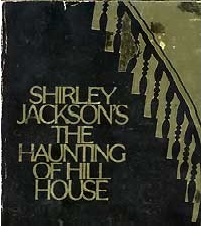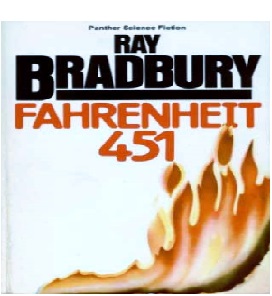Hallowe’en may be months away (unless you’re still revelling from the previous one) and the days are getting longer, well, by the day, but that shouldn’t get in the way of appreciating a classic supernatural horror story which has been acclaimed by Stephen King as the blueprint for the modern “spooky story”.
The tale begins with the rational-minded Dr Montague, who is sufficiently taken with the legend surrounding Hill House, to invite a few other people to stay with him in the house to “test his theory” that the unexplained goings-on can all be explained with science and reason.
There is Eleanor, a quiet, shy, reserved woman who becomes increasingly reluctant to participate in the stay before she even gets there; encounters with hostile local people on the journey makes her certain that there is a sinister secret surrounding the place. Soon she meets Theodora, her “cousin”, who is more outgoing but the two women stick closely together upon their meeting. Then there is Luke Sanderson, the heir to the property, but somehow among the least receptive – or cut off even – when it comes to the story behind Hill House.
Initially, everyone there is sufficiently spooked by the house itself – being a most imposing and unwelcoming place to spend any time in – only to have Dr Montague add to this by telling them the rather grisly story of the unfortunate family who first lived there. Madness, bad fortunes and suicide are recurring in the family history, and understandably no-one can bear to stay in the place for very long, but the new residents (perhaps excepting Eleanor, who anticipates the worst already) decide to give the house a chance.
However the opinion that the house is, essentially, a malignant and living thing, with a will of its own to drive out anyone who dares to live there, begins to ring all the more true. It is not long before frightening events begin to unfold – loud banging in the night, writing on the wall and destruction of property – which seem to happen to, or close to, Eleanor more than anyone else. Eventually this will result in a tragic ending, as Eleanor is killed while attempting to leave the house.
What makes this story so unsettling is that events are described in the narrative clearly enough to induce fear and unease in the reader, but also vaguely enough that a rational explanation can’t be ruled out entirely.
A subtle build-up of apprehension, combined with a disturbing back-story to overshadow the present narrative, serve to make this a story which has clearly influenced later supernatural writers, and continues to spook readers today.

